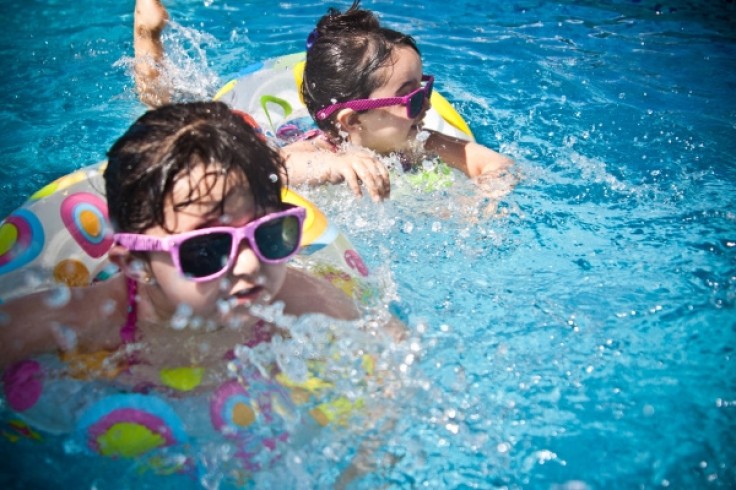
Children love to swim and spend time under the sun enjoying the cool water. Whether it's in a swimming pool or at the beach, it is important for parents to watch over their children when they are in the water for them to not drown. While this is already a thing that parents should do when they are out swimming with their little ones, parents should be aware that their child's safety does not end when their children are out of the water. Children can still possibly experience life-threatening signs even when they are out of the water, and this is one thing parents should be aware of.
According to Barbara Byers, a member of Canada's Lifesaving Society, children can possibly die even after 24 hours of them being in the water. Signs like coughing and inhaling in a different and difficult way are just some of the signs that parents should keep an eye on.
People in general, not only children, tend to go under the water when they are swimming. Thus, you will be inhaling water and then coughing water from time to time. Even if it's not in a pool or beach like if your child is just taking a bath in your bathtub, you need to be aware of the actions they are doing in the tub.
This act of having a life-threatening moment 24 hours after your child has gone swimming is dry drowning.
What is dry drowning?
Dry drowning is what the World Health Organization's term for the life-threatening possibility that happens even after 24 hours that a person has gone swimming. This is vital to children because they think of swimming as just a mere quality, fun time in the water. As adults, parents should be careful and responsible enough to supervise their children when they are in the water or somewhere near it.
Dry drowning is where the water gets into a person's lungs that causes a fluid build-up. This will cause the airways to be blocked by the water that has entered the person's body from the swimming activity. The lungs may run out of room for air that will cause a person's death.
According to the WHO in 2005, dry drowning can either be fatal or non-fatal. Although it is considered for experts and doctors as drowning, people have called it dry drowning even after now.
In 2008, a documented case by a 10-year old boy in South Carolina was found dead in his home only a couple of hours after he came from swimming at the pool. It was believed that there were lots of water that got into his lungs that caused him to not breathe.
According to the report, the boy was taken home and given a bath. After he did so, he told his mom he was tired and calling it a day. The mother let him take a nap, and when she went to check up on him in his room, he was already dead in his sleep.
The mother's boy, Cassandra Jackson, shared to NBC News that she finds it impossible to believe that people can still manage to walk, talk not knowing that their lungs are already filled with water. This became an alert to parents to be aware of this issue and supervise their children more keenly, even younger children who are below 10 years old because they are mostly at risk.
Symptoms of Dry Drowning
Some symptoms of dry drowning include:
Finding it hard to breathe
Chest and breathing discomfort
Extreme tiredness
Constant hard coughing
What can parents do?
First thing that parents should do to avoid incidents like this is to keep an eye on their children at all times. Do not leave your children unattended when they are in or near the water. Even though you know your child can swim, it does not mean they should not be supervised.
If you see the symptoms occurring to your child, do not hesitate to get medical help. Take them to the doctor immediately for them to be checked on.